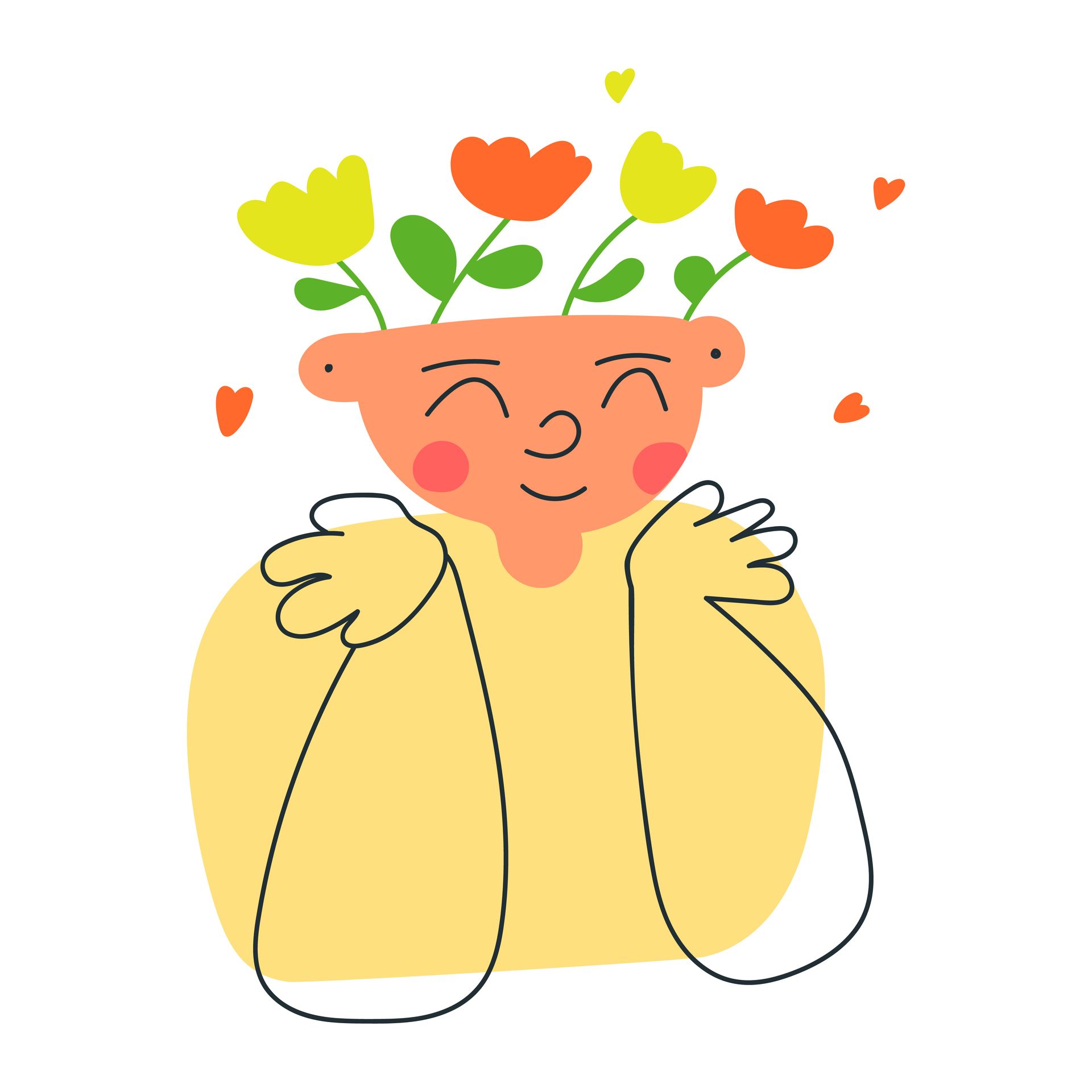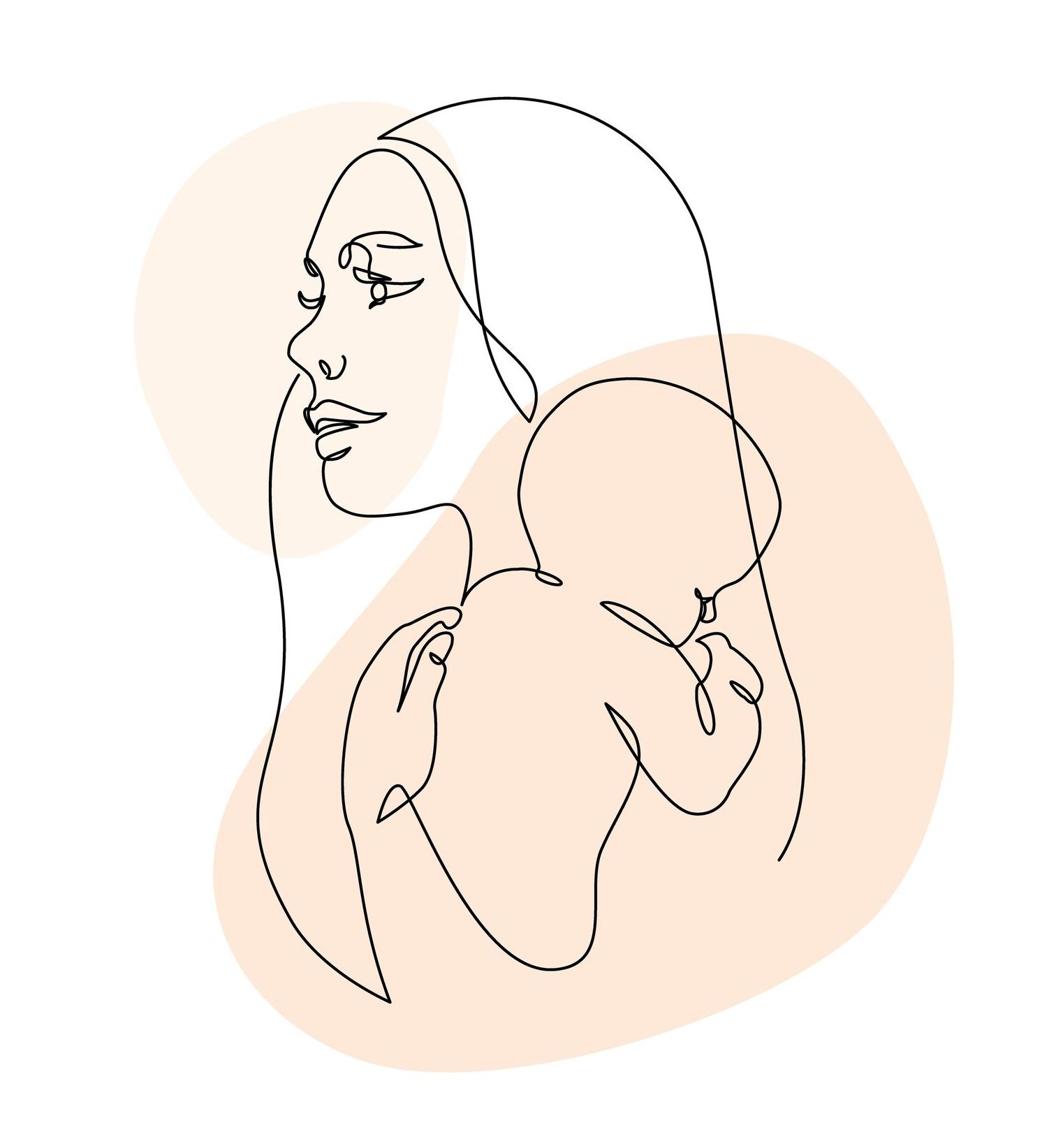The Science Behind a Mother’s Love


Happy Mother’s Day!
You gave me the roots to start this life And then you gave me wings to fly And I learned to dream Because you believed in me
There's no power like it on this earth No treasure equal to its worth The gift of a mother's love
I thank God for a mother's love
— Chorus from A Mother’s Love, by Jim Brickman
There is no denying a mother’s love is a powerful and unbreakable bond that shapes our existence from our first breath and is the epitome of selfless, unconditional love. Although their roles have changed over time and across generations, a mother’s love is still believed to be the most critical key in shaping a child’s life. But just what is the difference between a mother’s love and other forms of love?
According to Help My Child, an organization dedicated to guiding and teaching parents, teachers and therapists, there are four types of love:
Eros – Passionate, romantic love (“being in love”)
Philia – Deep friendship, based on mutual respect and support
Agape – Unconditional, sacrificial love (often seen as divine love)
Storge – Familial love, rooted in empathy and deep connection
Help My Child tells us that a mother’s love is a “unique combination of agape and storge and, unlike the other forms of love, a mother’s love is the first experience of security and acceptance a person has in life.”
The connection between a mother and her baby is profound and begins during pregnancy, according to scientific research. A blog on Medium.com states that during pregnancy, and even after childbirth, there are remarkable changes in the mother’s brain including changes that enhance the mother’s ability to understand and respond to her child’s needs, which further strengthens their bond.
A study published in 2012 by the journal “Proceedings of the National Academy of Sciences” supports this and states that children who received more maternal nurturing had a larger hippocampus, which is the brain region responsible for learning and memory. Therefore, their research suggests maternal care does directly influence the development of the child’s brain, particularly in the areas associated with emotional regulation, stress response and cognitive function.
The Hugging Hormone
Importantly, hormones also play a significant role. The hormone called oxytocin, also known as the love or bonding hormone, is said to further the attachment process, especially when a mother holds the baby, breastfeeds or nurtures the child as these are instances when the hormone is released in both of their brains. Skin-to-skin contact and physical affection release the oxytocin, which in turn helps infants develop a sense of security and attachment. And sound plays a role too. Elevated oxytocin levels are triggered by a baby’s cry, which stimulates the mother’s brain in the areas associated with caregiving, love and empathy. This surge of the hormone in these instances also strengthens the emotional connection leading to feelings of love, trust and attachment. Studies have also shown that children who experience frequent maternal touch have lower levels of the stress hormone cortisol, and are better able to manage their emotions later in life.
These scientific findings and research do tell us that a mother’s love is essential, and there is nothing that compares to the love of a mother. But we already knew — a mother’s love is truly the greatest gift of all.
SOURCES
helpmychildcpd.com, Journal Proceedings of the National Academy of Sciences, Medium.com, thedailystar.net
